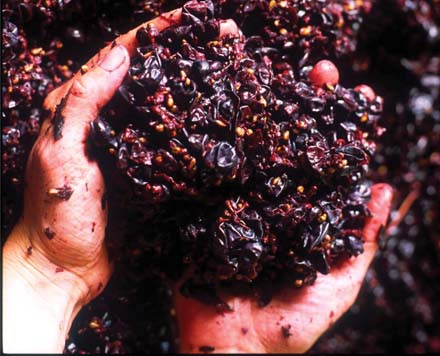How Marketing Influences Our Food Choices
Marketing can have a significant impact on the food choices that we make as consumers. From promotional campaigns that target a specific audience based on certain demographics to word of mouth and social media, the amount of marketing that we experience on a daily basis is astronomical. That’s why it has such an influence on our choices. Let’s take a deeper look to dig into the specifics.
Social Media
Social networking is a major part of most people’s lives and can provide inspiration for your next meal even if you weren’t looking for it. That means your decision regarding whether you want to order some fast food or purchase a pre-packaged meal from the supermarket is heavily influenced by what you see in your news feed on Facebook or Instagram.
The majority of buying decisions about what to have for a meal happen approximately two hours before mealtime.
Basically, if you are served a fast food ad within that two-hour time frame, you are much more likely to choose the fast food option over others. This period of time, either right before lunch or the end of the workday, is also when many people are on social media, making it an influential source when it comes to food choices.
Word of Mouth
Recommendations from friends, family and trusted acquaintances have a significant influence on consumer food purchases. Compared to an online review site or even social media platform, an offline recommendation from a credible source is ultimately more influential to most consumers.
This is because of the increased trust and intimacy associated with word of mouth, in-person recommendations. If a friend or family member is willing to share their experience with another friend or family member, they are much more likely to try the food for themselves.
Television
What we see on TV can also have a very profound impact on the food choices we make. Because the typical American spends thousands of hours in front of the television, the messages portrayed in TV advertisements are a determining factor in the food choices we make each day.
Techniques like attractive jingles, catchy phrases and attractive photography are employed to make the marketed food item seem irresistible.
In addition, the media also often use celebrities and models for their advertisements. Unfortunately, this can have a negative impact, especially on children and young adults as this tactic may lead to many misconceptions about the relation between health and body shape.
Celebrity endorsement
Celebrities have influence over so much in our everyday life whether or not we’re conscious of it happening, and this extends to food. When corporations have celebrity endorsements, they choose very carefully based on the public’s view on that celebrity and what key personality traits lend best to selling the product.
With repetition, the association between celebrity and product create value in the mind of the consumer; credibility is formed as well as brand recognition and trust.



